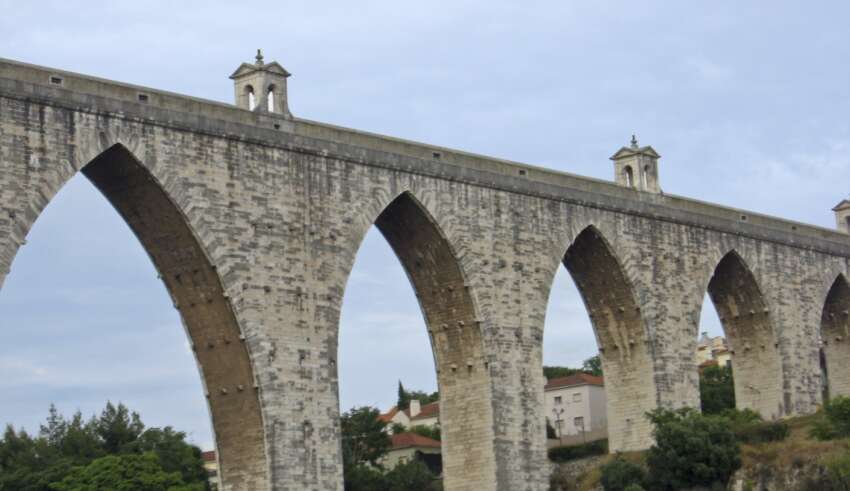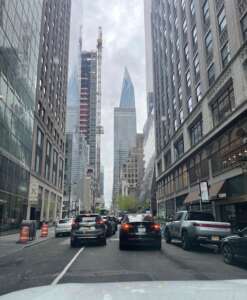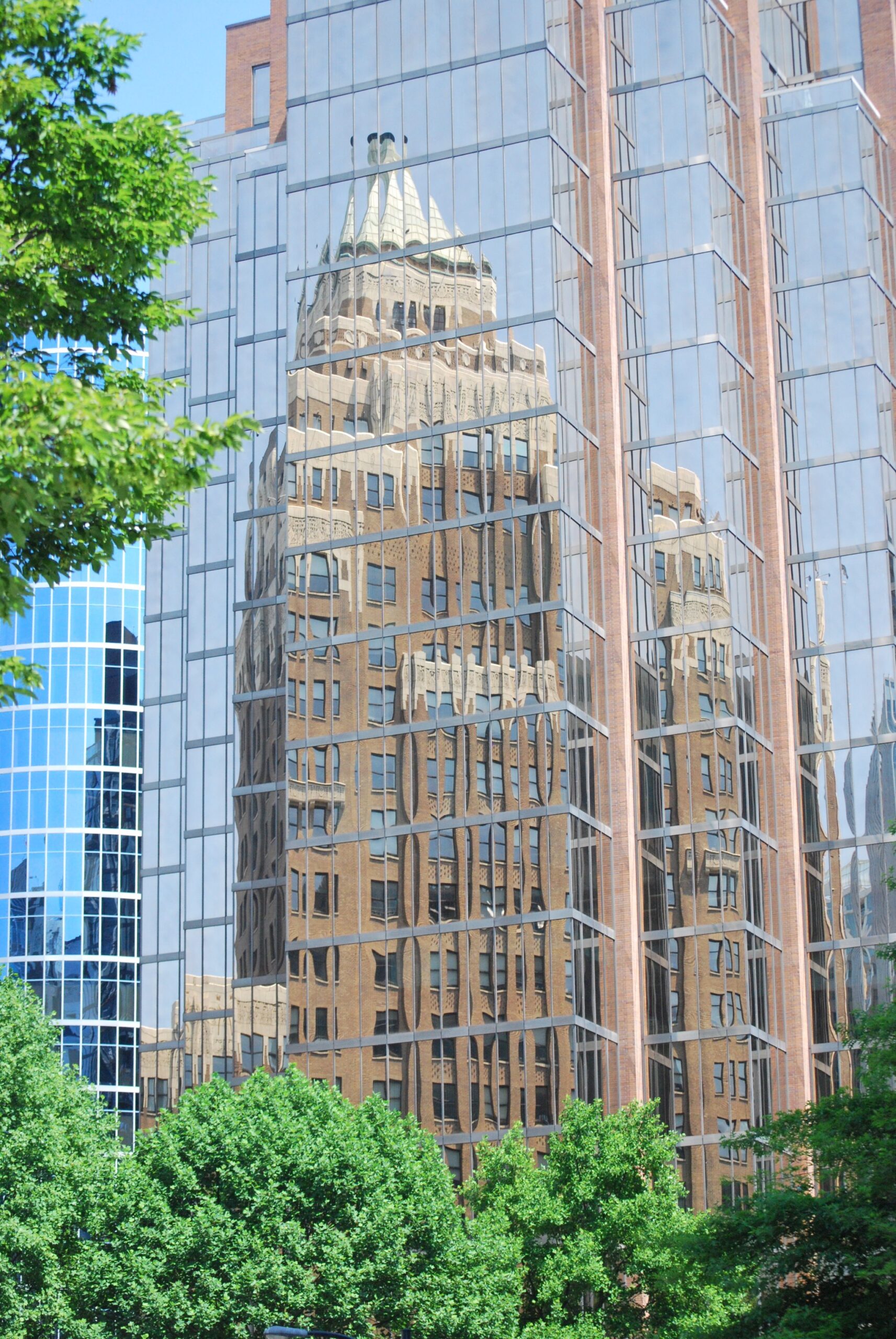
A series of essays have been published on the Coach Quad which is a website I curate. These essays involve the representation of specific states of mind in three distinctive American cities: New York, New Orleans and Las Vegas.
 In this essay, I offer more perspectives on my own state of mind when visiting or at least journeying by three urban areas: Stamford (Connecticut), the Bronx (New York), and New York City (with a focus on the entertainment business as represented on “Broadway”). These three urban centers contrast dramatically with one another and were all witnessed by me, several weeks ago, when Kathleen (my wife) and I drove from our home in Maine to take in an afternoon of theater and an evening of cabaret in New York City.
In this essay, I offer more perspectives on my own state of mind when visiting or at least journeying by three urban areas: Stamford (Connecticut), the Bronx (New York), and New York City (with a focus on the entertainment business as represented on “Broadway”). These three urban centers contrast dramatically with one another and were all witnessed by me, several weeks ago, when Kathleen (my wife) and I drove from our home in Maine to take in an afternoon of theater and an evening of cabaret in New York City.
We spent our nights at a hotel in Stamford, Connecticut (to avoid the major costs of hotels in “The Big Apple”). While on this journey to Broadway, I made some observations regarding the diversity of displays that passed by our car window and the messages being conveyed in the theater and cabaret offerings. Having just finished a book (Bergquist, 2025) about the “new Normal” (that seems very abnormal), I was particularly attuned to displays and messages that conveyed something about the volatile, uncertain, complex, ambiguous, turbulent, and contradictory conditions we face in mid-21st-century America (VUCA-Plus).
Connecticut: Stone Cities and Hearts
I first noted the abundance of opulent displays in Connecticut. Everything was big, new, and shiny. At the same time, a “faux” gentility was represented in the words being used and the carefully manicured lawns and gardens. Everything was modern and rather sterile, yet we are meant to “believe” that this is still the quaint “out of town” Connecticut to which Manhattanites retreated when wanting to “get away from it all!” I love the name assigned to the busy expressway/freeway on which we were driving. It was called a “parkway.” I expected to witness horse and carriage at some point trying to keep up with us in our recently purchased hybrid! Trees next to the parkway were disguising the tall office buildings and hotels located adjacent to the highway. Everything was lovely, planned and in many ways “fake.”
There is also the “faux” admiration for physical labor. Those working in (and sometimes residing in) the Connecticut cities admire the men and women who tend the gardens located adjacent to their high-rise buildings. They complain that plumbers and electricians are “simply not available anymore” and declare their commitment to the funding of more vocational-technical education. Yet, these busy folks typically learn very little about the plumbing in their building or the electrical wiring that keeps their computers and copy machines running.









